Are you curious about the history of industry and innovation? These are the top industrial heritage museums in Iowa:
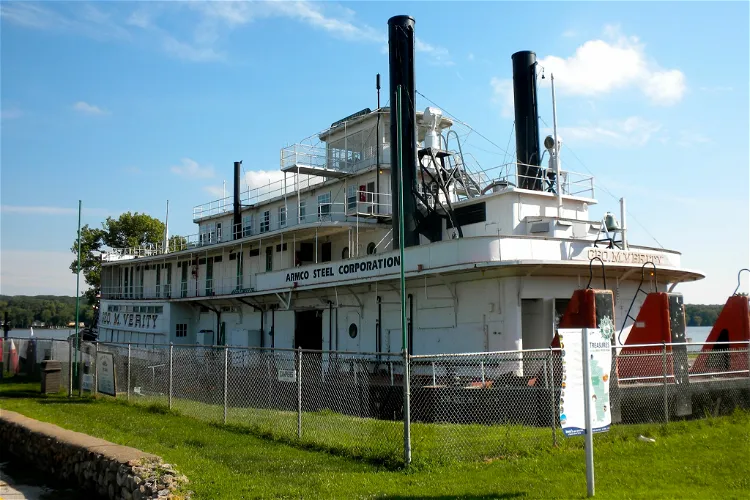
George M. Verity Riverboat Museum
Keokuk, IAThe George M. Verity is a historic pusher boat that is now displayed as a museum ship in Keokuk, Iowa. This unique vessel offers visitors a glimpse into the past, showcasing the history and significance of river navigation in the United States. The boat itself is a testament to the engineering and design of the time, with its steam-powered paddle wheel and steel hull.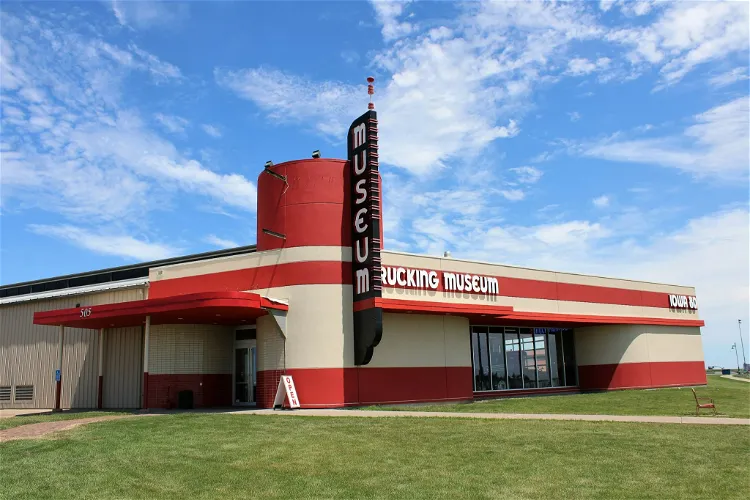
Iowa 80 Trucking Museum
Walcott, IAIowa 80, located along Interstate 80 off exit 284 in Walcott, Iowa, holds the distinction of being the world's largest truck stop. It is a unique attraction that offers a glimpse into the world of trucking and the services that cater to this industry. Visitors can explore the vast area and experience the various amenities offered at this mega truck stop.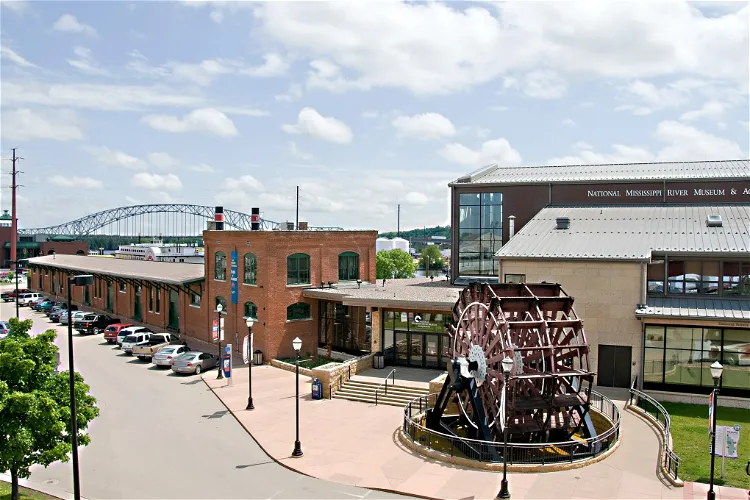
National Mississippi River Museum & Aquarium
Dubuque, IAThe National Mississippi River Museum & Aquarium is a maritime museum situated in Dubuque, Iowa. It is owned and managed by the Dubuque County Historical Society. The museum is a significant cultural and educational institution that provides insights into the maritime history and ecology of the Mississippi River and other American rivers.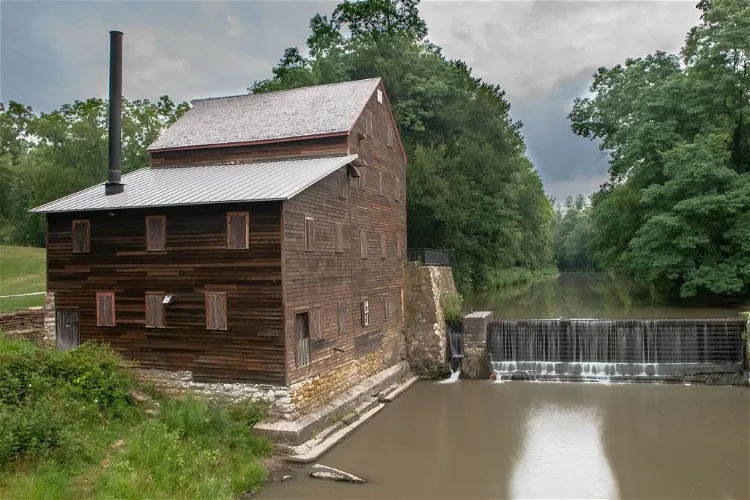
Pine Creek Gristmill
Muscatine, IAThe Pine Creek Gristmill is a significant historical site located in the Wildcat Den State Park in Muscatine County, Iowa. This building has been recognized for its historical value and was listed on the National Register of Historic Places in 1979. It offers visitors a glimpse into the past and the opportunity to learn about the history of the area.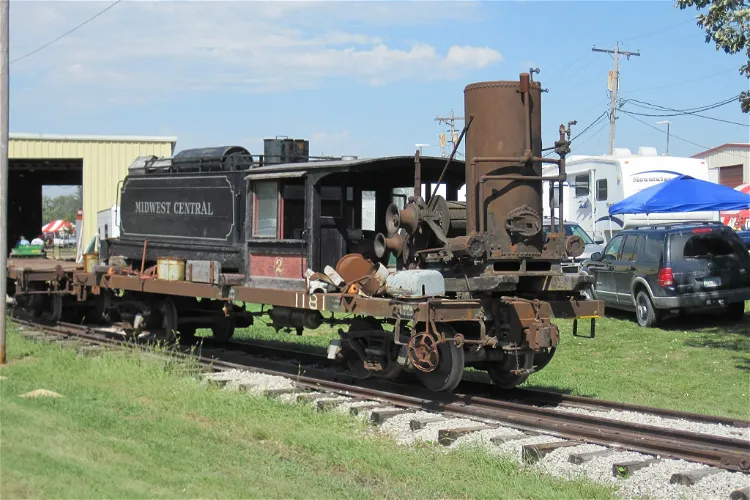
Midwest Central Railroad
Mt Pleasant, IAThe Midwest Central Railroad is a heritage railroad that operates within McMillan Park in Mount Pleasant, Iowa. This narrow gauge railroad is a significant part of the Midwest Old Thresher's Reunion, a popular event in the region. The railroad offers a unique experience of historical transportation, making it an interesting destination for tourists interested in history and railroads.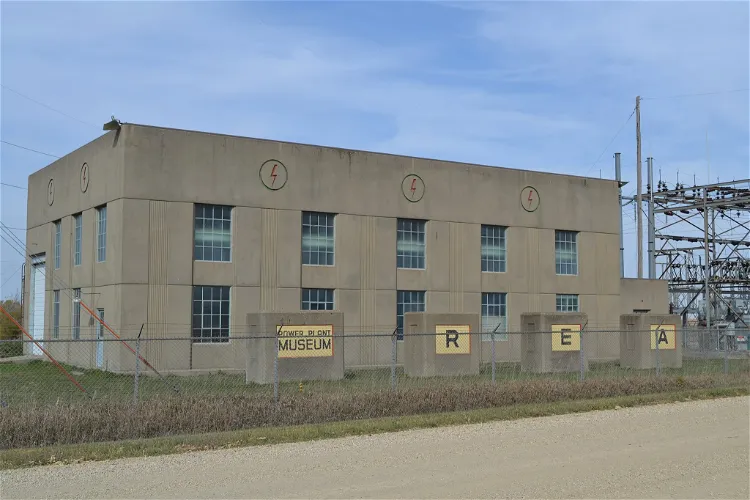
Reeve Electric Association Plant
Hampton, IAThe REA Power Plant Museum, formerly known as the Reeve Electric Association Plant, is a historic site located near Hampton, Iowa. This museum is housed in a structure that played a significant role in the rural electrification of the United States in the 1930s. It offers visitors a unique insight into the history of electricity and its impact on rural life.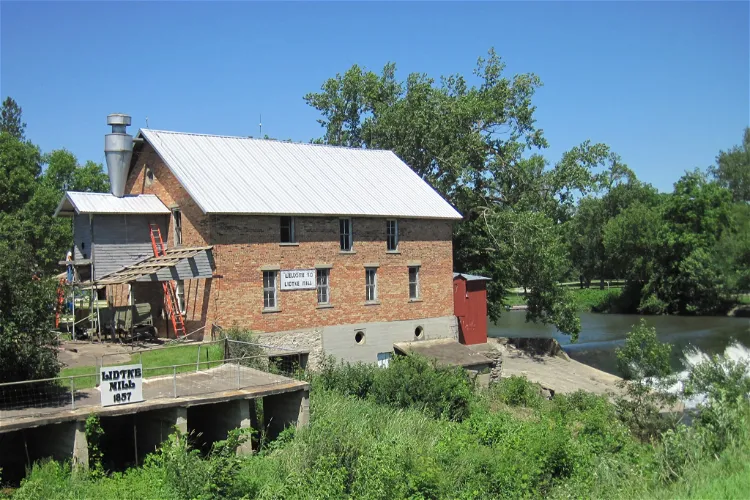
Lidtke Mill
Lime Springs, IALidtke Mill, also known as the Lime Springs Mill Complex, is a historic building located on the Upper Iowa River in the 'Old Town' area of Lime Springs, Iowa. This L-shaped structure is composed of limestone covered with a yellow brick veneer. The main section was completed in 1857 and was rebuilt after a fire in 1894. It is part of the 10-acre Lidtke Park.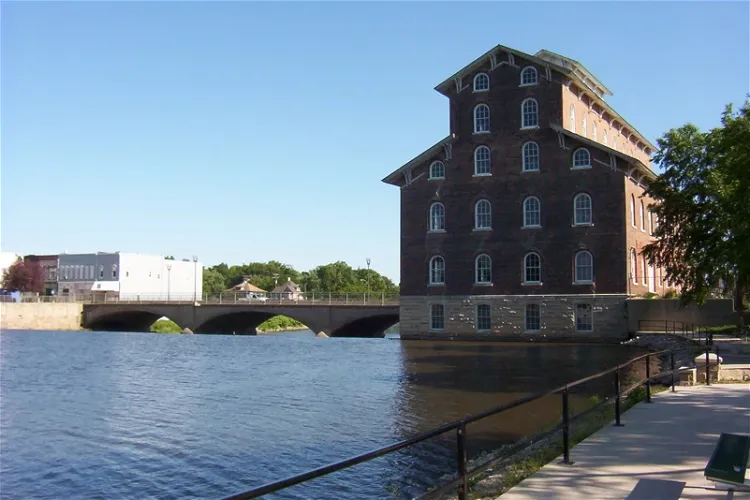
Wapsipinicon Mill
Independence, IAThe Wapsipinicon Mill is a historic industrial building located in Independence, Iowa, United States. This mill is a significant part of the local history and offers a unique insight into the industrial past of the region. It's an ideal destination for those interested in history and architecture.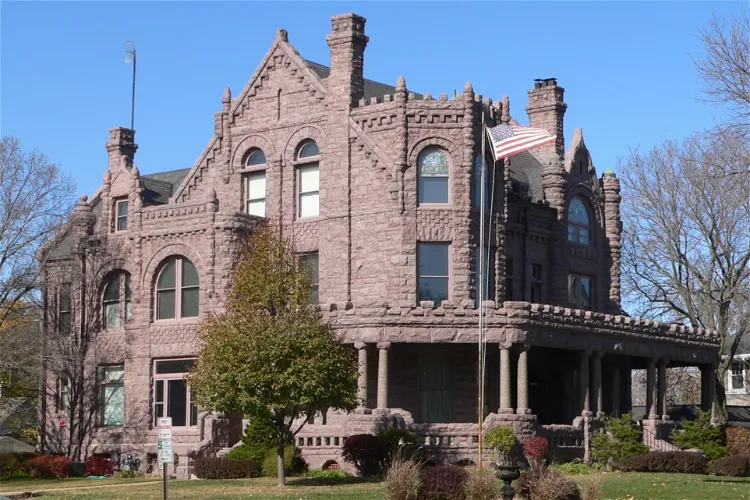
Sioux City Public Museum
Sioux City, IAThe Sioux City Public Museum offers a comprehensive insight into the history and culture of Sioux City, Iowa. Visitors can explore a variety of displays including a video about the city's history, Native American artifacts, pioneer artifacts, historic transportation vehicles, agriculture, industry, geology and fossils. This wide range of exhibits provides a rich understanding of the city's past and its cultural heritage.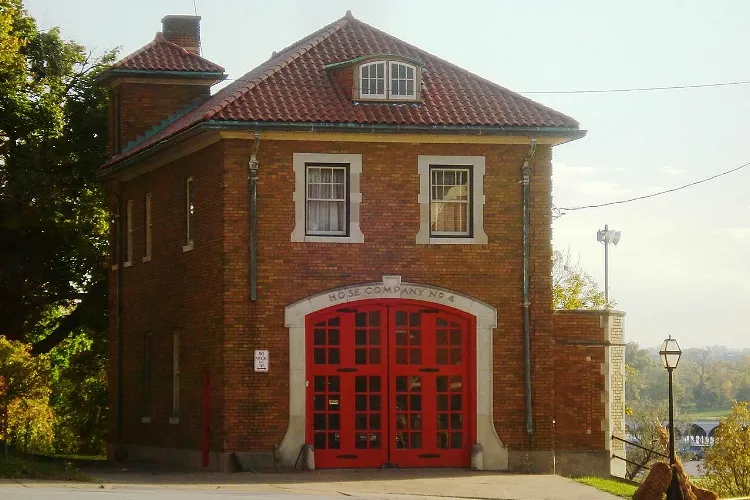
International Fire Museum
Davenport, IAThe International Fire Museum is housed in the historic Hose Station No. 4, located in the charming Village of East Davenport in Davenport, Iowa, United States. This location is not only a museum but also a piece of history, being a contributing property of the Davenport Village Historic District that has been listed on the National Register of Historic Places since 1980.
Ice House Museum
Cedar Falls, IAThe Cedar Falls Ice House, located in Cedar Falls, Iowa, is a historic building with a rich history. Constructed in 1921, it has been recognized for its historical significance and has been listed on the National Register of Historic Places since 1977. This recognition underscores the building's importance in the local and national history, making it a significant site for visitors interested in historical architecture and the history of Cedar Falls.
Railswest Railroad Museum
Council Bluffs, IAThe RailsWest Railroad Museum, located at 16th Avenue and South Main Street, is a significant historical site in Council Bluffs, Iowa. Operated by the Historical Society of Pottawattamie County, the museum provides a comprehensive illustration of the history of railroads in the area. It's an ideal destination for those interested in learning about the development and impact of rail transportation in the region.
Wabash Depot Museum Complex
Moravia, IAThe Wabash Depot Museum, previously known as the Wabash Combination Depot-Moravia, is a historic train station situated in Moravia, Iowa. This museum is a testament to the rich history of railroads in the region, offering visitors a glimpse into the past. It is one of the two remaining standard-plan wooden Wabash combination freight and passenger depots in Iowa, making it a unique destination for history and train enthusiasts.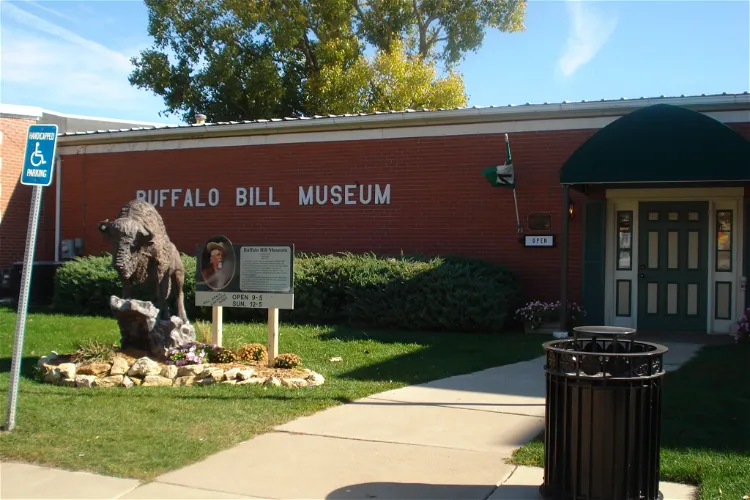
Buffalo Bill Museum
Le Claire, IAThe Buffalo Bill Museum is a significant cultural institution located in LeClaire, Iowa. The museum's primary focus is on life along the Mississippi River and the local history of the area. Visitors can gain a deep understanding of the region's past and its relationship with the river, which has played a crucial role in shaping the local culture and economy.- 15
Higgins Museum of National Bank Notes
Okoboji, IAThe Higgins Museum of National Bank Notes is located in Okoboji, Iowa. This museum is dedicated to the collection and display of national bank notes, offering a unique insight into the history of banking and currency in the United States.